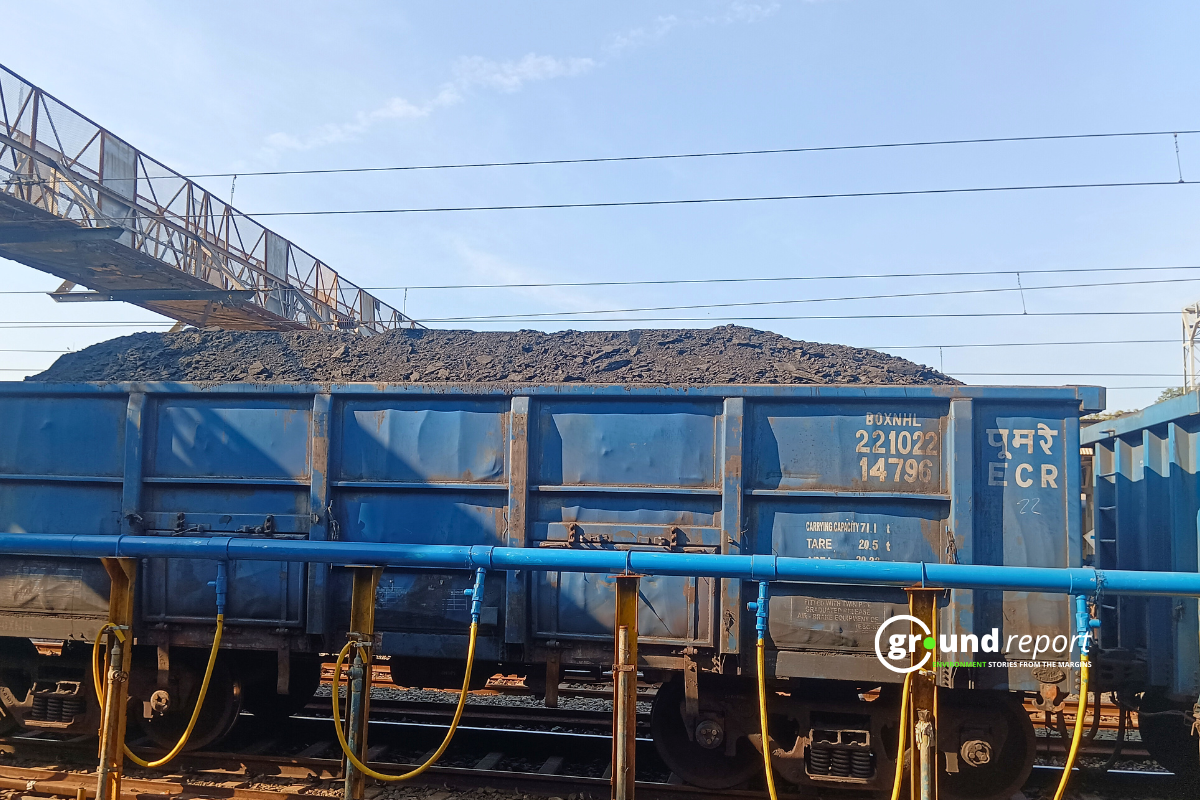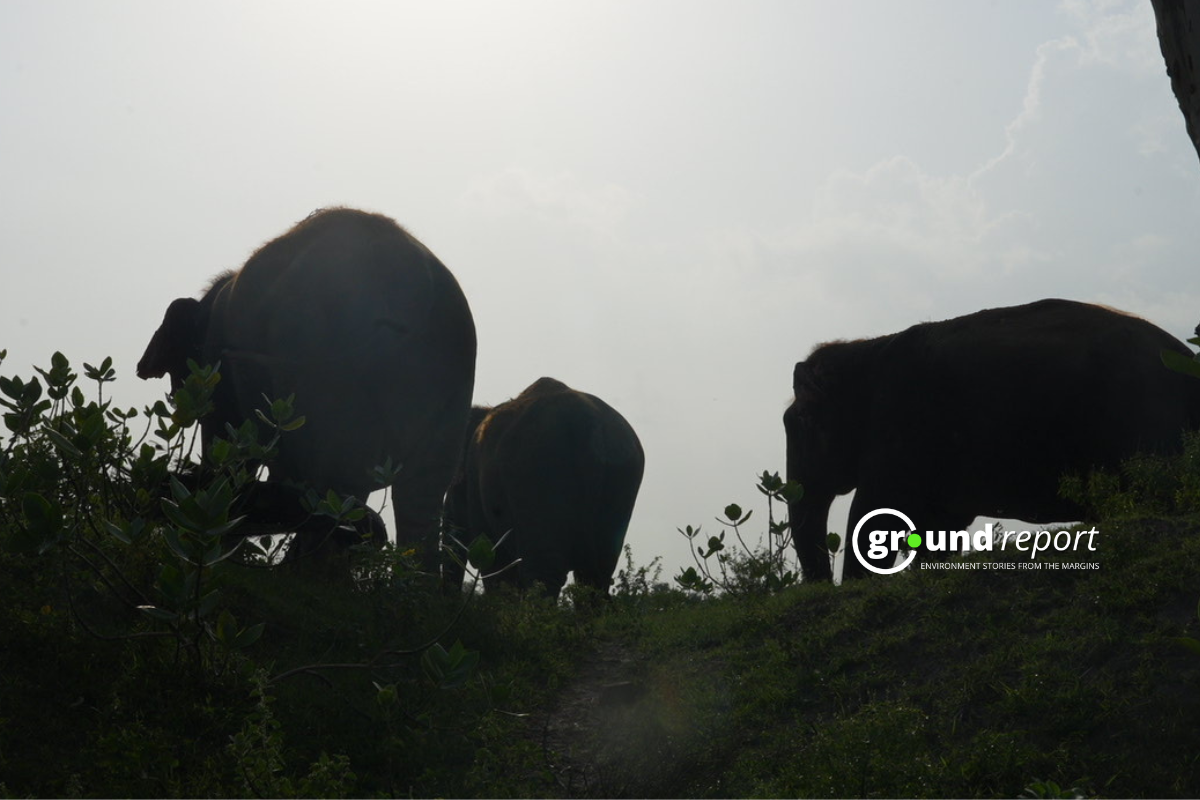The monsoon has officially withdrawn from Madhya Pradesh, but the weather remains unsettled. Two active systems in the Arabian Sea have triggered widespread rain across several districts, with thunderstorms and lightning expected to continue for the next four days. The India Meteorological Department (IMD) has issued a heavy rain alert for 18 northeastern districts on October 29 and 30.
According to the IMD, a depression has formed in the Arabian Sea with a trough extending toward central Madhya Pradesh. A second cyclonic circulation is also moving from the Arabian Sea toward the state. “Due to these systems, the weather will remain unstable for the next few days,” said Dr. Divya E. Surendran, Senior Scientist at the Meteorological Department.
Rain has been reported in many parts of the state since Monday. Gwalior recorded over two inches of rain in 24 hours, while Sheopur received 2.2 inches for the second day in a row. Datia received about one inch, and Ratlam, Sidhi, and Tikamgarh recorded more than half an inch each. Districts such as Guna, Ujjain, Rewa, Morena, Vidisha, and Mandsaur also witnessed light to moderate rainfall.
In Ratlam and Gwalior, rain continued throughout the night, disrupting local markets and slowing traffic. Farmers in several districts have reported damage to harvested crops, especially paddy and maize, that were left to dry in open fields.
Farmers Suffer Crop Losses
In Bhind district’s Gohad mandi, around 1,200 trolleys of paddy were stuck in the rain on Monday. Continuous rainfall halted business and soaked the paddy sacks kept in the open. Farmers accused the mandi administration of negligence. “The rain warning was issued earlier, yet no arrangements were made to cover the produce,” said Basant Singh, a farmer from Kilgabri village in Sheopur, whose 12 trolleys of paddy were ruined.
Traders said buyers from other states refused to lift the wet stock, bringing trade to a standstill. Farmers have demanded compensation from the administration, saying the price of their damaged crops will drop sharply.
In Guna district, rain also affected standing maize crops, while in Shivpuri, farmers and villagers queued for fertilizer in the rain. Women and children were seen waiting for hours to collect manure tokens despite the downpour.
In Narmadapuram’s Itarsi area, the Tawa Dam’s three gates were opened on Monday morning to control rising water levels caused by continuous rain. Each gate was raised by three feet, releasing 16,070 cusecs of water.
“The current water level in the dam is 1166.30 feet, and inflow continues due to rainfall in the catchment area,” said Executive Engineer N.K. Suryavanshi. This is the 79th time the dam’s gates have been opened this monsoon season. Last year, the gates were opened 39 times, while in 2022 they were opened 136 times.
Rain to Continue; Cold to Follow
The IMD has issued a yellow alert for thunderstorms and rain in almost all major districts, including Bhopal, Indore, Ujjain, Gwalior, and Jabalpur, for the next 24 hours. Heavy rainfall is expected in northern and eastern Madhya Pradesh on October 29 and in the eastern region on October 30.
Dr. Surendran said, “Rain and thunderstorm activity will continue for the next three days. Some districts may see heavy rainfall on October 29 and 30.”
A western disturbance is also active over northern India, likely to bring rain and snow in the higher regions. The IMD said cold winds will begin affecting Madhya Pradesh after November 6. Meteorologists predict that this winter could be the coldest since 2010, with the season expected to extend until February.
Despite the monsoon’s official withdrawal on October 13, rainfall has continued. This year, Madhya Pradesh received 15 percent more rain than expected. Guna district recorded the highest rainfall, while Shajapur received the lowest. Experts say that due to good rainfall, groundwater levels have improved, ensuring sufficient water for drinking and irrigation.
As unseasonal rains continue, farmers are now struggling to protect their crops, even as weather officials warn of more showers before the cold sets in.
Support us to keep independent environmental journalism alive in India.
Keep Reading
Highway Halt Puts Kashmir’s Fruit Economy at Risk
MP brings back Bhavantar as farmers lose soybean harvests
Stay connected with Ground Report for underreported environmental stories.
Follow us onX, Instagram, and Facebook; share your thoughts at greport2018@gmail.com; subscribe to our weekly newsletter for deep dives from the margins; join our WhatsApp community for real-time updates; and catch our video reports on YouTube.
Your support amplifies voices too often overlooked, thank you for being part of the movement.






